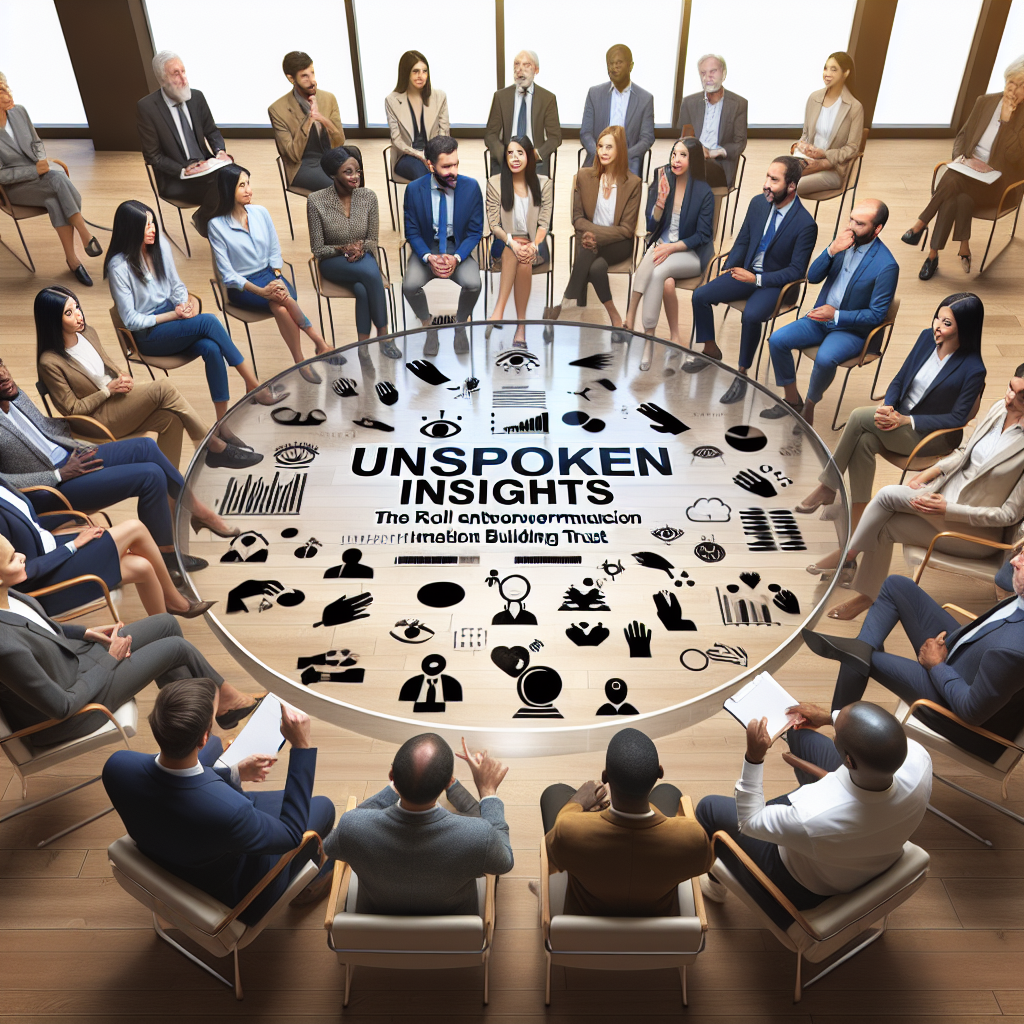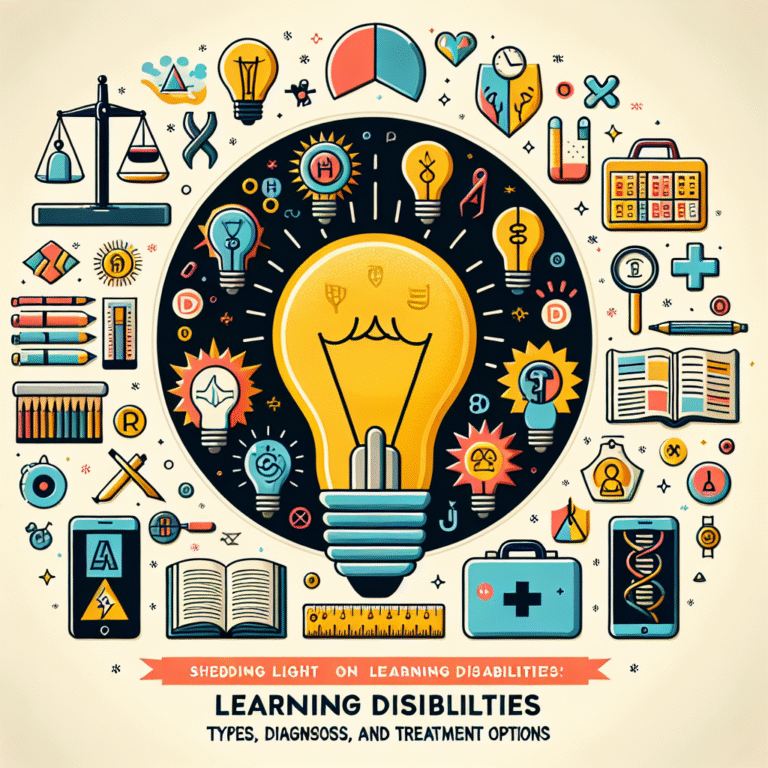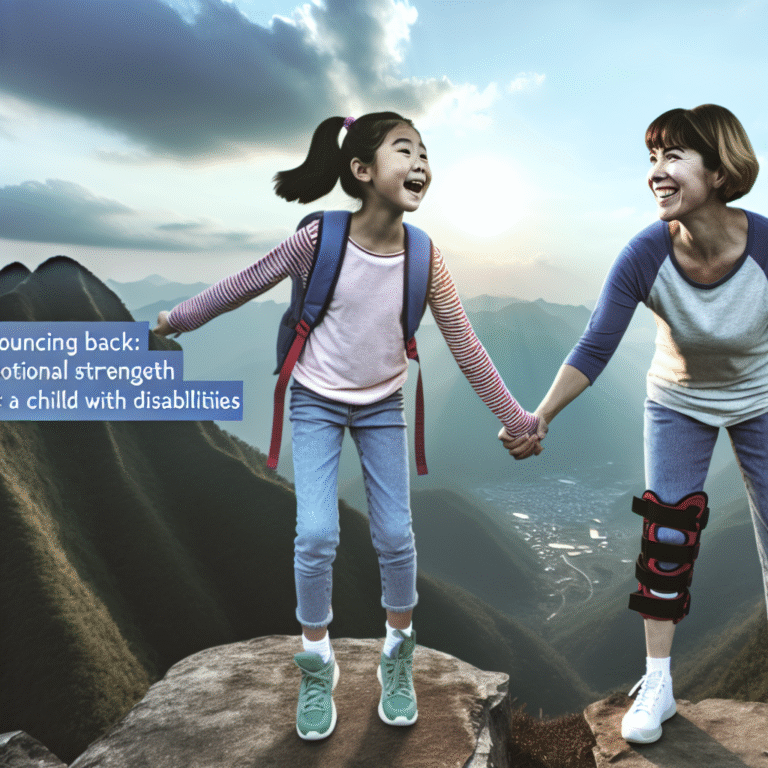
Introduction
In a world increasingly saturated with digital interactions and text-based communications, the importance of nonverbal communication often goes overlooked. Yet, the unspoken insights gleaned from body language, facial expressions, and eye contact hold transformational power in fostering trust. In this article, we delve into Unspoken Insights: The Role of Nonverbal Communication in Building Trust, uncovering how these subtle cues can strengthen personal relationships, enhance professional partnerships, and bolster collaborative efforts in both business and personal contexts.
Imagine walking into a room filled with strangers. You exchange polite nods and small talk, but it’s the glances, gestures, and postures that truly convey whether you feel comfortable and safe. Trust isn’t just built on words; it is woven into the fabric of our every interaction. As the saying goes, "actions speak louder than words," and in this exploration, we will unravel the depths of that truth.
Why Nonverbal Communication Matters
The Foundation of Trust
Trust is the cornerstone of any relationship, be it personal or professional. Research suggests that about 93% of communication effectiveness is determined by nonverbal cues, with 55% attributed to body language and 38% to tone of voice. This makes it essential to understand the role nonverbal communication plays in establishing trust. Misinterpretation of these cues can lead to misunderstandings, whereas clear, appropriate nonverbal behavior can reinforce confidence and rapport.
Insights from Psychology
Studies in psychology demonstrate how nonverbal signals often convey emotions and feelings more accurately than words. For instance, a warm smile can make someone feel welcome, while crossed arms may evoke defensiveness. The power of these unspoken insights can either open the door to trust or build barriers.
The Types of Nonverbal Communication
Body Language
Body language includes gestures, posture, and movements. Each has its language:
- Posture: Open and relaxed postures indicate receptiveness and trustworthiness.
- Gestures: Hand movements can emphasize points made verbally, but erratic movements may induce anxiety and distrust.
Case Study: Posture in Business Meetings
In a corporate setting, a company observed that meetings where participants maintained open postures led to higher levels of engagement and trust among employees. The analysis revealed that meetings with participants who leaned forward and nodded affirmatively fostered collaboration and innovation.
Facial Expressions
Facial expressions transmit a wealth of information:
- Smile: A genuine smile can break down barriers and foster connection.
- Eye Contact: Consistent eye contact conveys focus and sincerity.
Case Study: The Impact of Facial Expressions in Customer Service
A major retail chain instituted training for their staff to enhance their facial expressions while interacting with customers. The result was a marked increase in customer satisfaction and repeat business, proving the significant role of facial expressions in communicating trustworthiness.
Proxemics
Proxemics are the ways in which people use space to communicate. Different cultures have varying interpretations of personal space:
- Intimate Distance: Generally 0-18 inches; reserved for close friends and family.
- Personal Distance: 18 inches to 4 feet; typically for conversations with friends.
Understanding and respecting these boundaries can prevent discomfort and foster trust.
Touch
Touch can be a powerful form of nonverbal communication:
- Handshake: A firm handshake can communicate confidence.
- Pat on the Back: This can express support and camaraderie.
Case Study: Handshake and Trust
In 2016, researchers conducted a study that evaluated participants’ perceptions before and after a handshake. Those who engaged in a handshake reported higher trust levels toward the person they met compared to those who did not.
Practical Applications of Nonverbal Communication
Building Trust in Professional Settings
- Leadership: Leaders who practice open body language and maintain eye contact with their teams often find their employees more willing to trust them.
- Negotiation: Understanding nonverbal cues during negotiation can provide insights into the other party’s intentions and openness.
- Teamwork: Encouraging a positive nonverbal environment fosters collaboration and creativity.
Building Trust in Personal Relationships
- Expression of Empathy: Those who use validating gestures (nods, smiles) are often perceived as more empathetic.
- Conflict Resolution: Appropriate proximity and respectful touch can help ease tensions during conflicts, enabling trust to be rebuilt.
Challenges in Nonverbal Communication
Cultural Differences
Nonverbal cues may carry different meanings across cultures:
- In some cultures, prolonged eye contact is seen as a sign of honesty, while in others, it can signify aggression.
- Personal space preferences can also vary widely, affecting comfort levels.
Misinterpretation
Ambiguity can lead to misinterpretation. A frown may not always indicate disapproval; a person may simply be deep in thought, showcasing the need for open dialogue to clarify intent.
Enhancing Your Nonverbal Communication Skills
Self-Awareness
Being aware of your own nonverbal cues is the first step to improving communication. Reflect on how your body language may be perceived by others.
Observational Skills
Cultivating the ability to read others’ nonverbal signals can significantly improve your interactions.
Practicing Empathy
Consider the feelings and perspectives of others when interacting. This will help in molding your nonverbal signals to communicate warmth and openness.
Conclusion
In the intricate dance of human interaction, nonverbal communication serves as an essential toolkit for building trust. Through understanding body language, facial expressions, and personal space, individuals can create environments ripe for understanding, confidence, and collaboration. As we have explored through various case studies, the unspoken insights gleaned from nonverbal cues not only enhance our relationships but also significantly impact our professional lives.
As you continue your journey through personal and professional relationships, remember that your body speaks—often louder than your words. Embrace these insights and watch your connections flourish.
FAQs
1. What is nonverbal communication?
Nonverbal communication refers to the transmission of messages or signals without the use of words. This includes facial expressions, body language, gestures, and even space use.
2. How can I improve my nonverbal communication skills?
To enhance your nonverbal communication skills, focus on self-awareness of your own body language, practice empathy, and cultivate observational skills to read others’ cues effectively.
3. Can nonverbal communication really impact trust?
Absolutely! Studies show that nonverbal cues can significantly influence perceptions of trustworthiness, affecting both personal and professional relationships.
4. What role does culture play in nonverbal communication?
Culture plays a significant role in how nonverbal cues are interpreted. What is considered a positive gesture in one culture may be viewed negatively in another, highlighting the importance of cultural sensitivity.
5. Is it possible to misinterpret nonverbal signals?
Yes, misinterpretations can occur, especially if context is lacking. It’s essential to consider verbal communication alongside nonverbal cues to accurately understand intent.
In a world of complexities and nuances, mastering nonverbal communication can unlock pathways to richer, more robust relationships. Remember the unspoken insights at play; they may just lead you to the key ingredient of trust.












